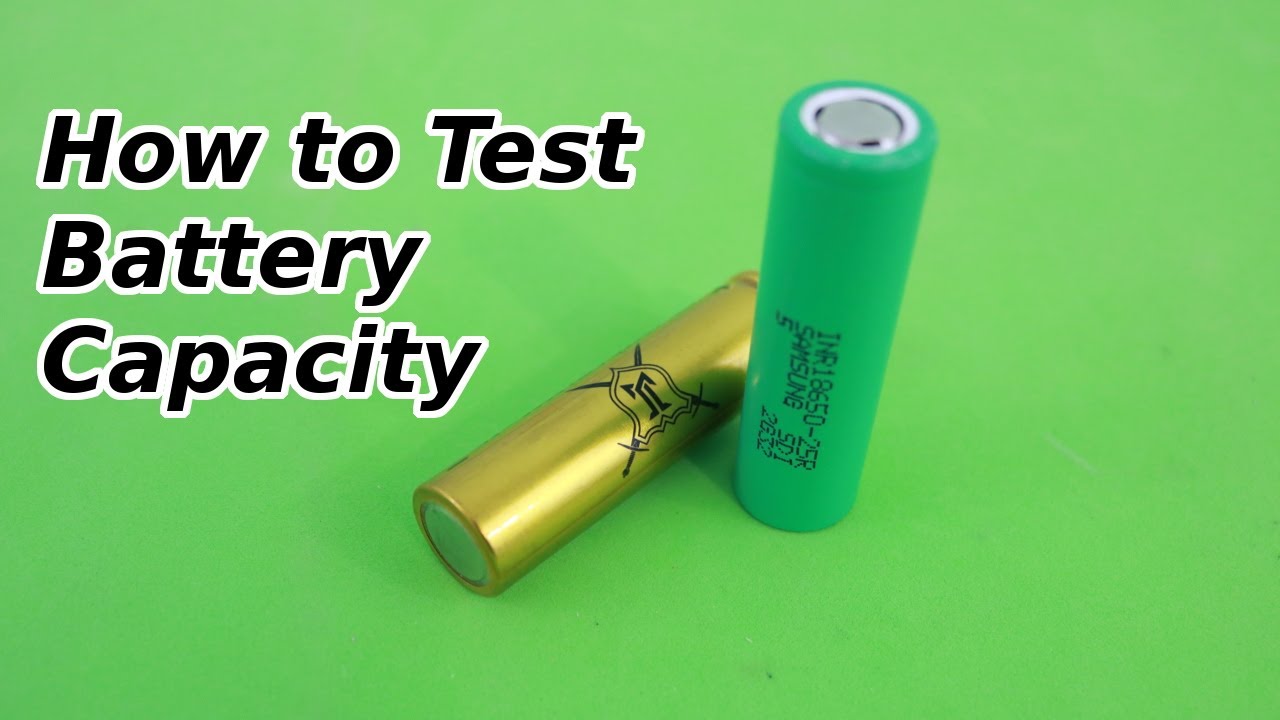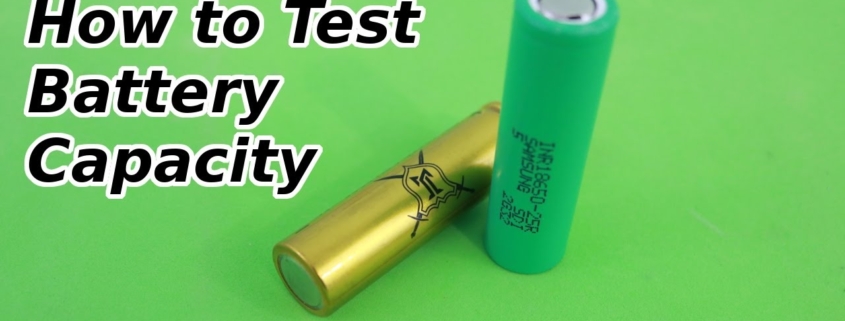How to Check 18650 Battery Capacity
Knowing the true capacity of your 18650 lithium-ion batteries is crucial. After all, the performance and run-time of your device depends on it.
In this handy guide, as a professional 18650 battery manufacturer, I’ll walk you through the most accurate ways to test 18650 capacity. From using capacity testers to load testing with a multimeter, you’ll have a few solid options to measure capacity.

Why Checking Capacity Matters
Most 18650 cells have the rated capacity printed on the casing (like 3000mAh). But there’s no guarantee that the battery can actually hold that much charge.
As batteries age, the chemicals inside slowly degrade. And the maximum capacity drops little by little.
In fact, one study found that lithium-ion batteries lose around 20% of their capacity after 1000 charge/discharge cycles. And capacity continues to fade steadily after that.
So even if your 18650 is branded as 3000mAh, its actual capacity could be quite a bit less by now.
And if the capacity is way lower than expected, it can seriously impact your projects and devices.
For example, let’s say you build an electric skateboard battery from a batch of 18650’s. The batteries are rated as 3000mAh each.
But after testing, several are putting out just 2000mAh.
Well, those lower-capacity cells will fail first. And once the weakest cell dies, your whole battery pack shuts down.
Not fun if you’re zipping down a hill at the time!
Testing capacity lets you single out weaker cells. That way, you don’t accidentally group them with better-performing batteries.
How to Check 18650 Battery Capacity
Method #1: Use an 18650 Capacity Tester
The easiest way to measure 18650 capacity is with a dedicated battery tester. These handy devices automate the whole process of discharging your cell from full to empty while recording capacity.
Readings are super accurate too. Most testers repeatedly discharge and analyze cells to hit up to 99% accuracy.
Personal favorite: The FOXESS FJ-3000 tester checks pretty much any cylindrical lithium battery with laboratory-grade precision.
While a little pricey, it pays for itself pretty quickly if you reuse lots of li-ion batteries. No more wasted time trying to calculate capacity manually!
How Battery Testers Work
18650 capacity testers use a fixed load circuit to safely discharge your battery from max to minimum voltage.
As the battery drains, the device tracks how your voltage changes over time. Using some calculations, it figures out the total capacity based on the discharge curve.
Most testers have built-in protection features too.
For example, they automatically stop discharging when cell voltage drops dangerously low. This prevents damage to lithium batteries that can occur when they’re completely depleted.
Method #2: Use a Multimeter
Don’t have a dedicated battery tester on hand? No worries.
You can also determine 18650 capacity with a simple multimeter and some bonus equipment.
Here’s what you’ll need:
Supplies
- Multimeter
- Power resistor between 1-5 ohms (depending on current draw needed)
- Breadboard
- Stopwatch
- 18650 battery holder
With just a few cheap parts, you can piece together a DIY battery capacity tester!
The process works much like a purpose-built capacity tester:
- Fully charge your 18650 battery to 4.2 volts
- Hook it up to a power resistor using the breadboard and battery holder
- Note the start time on your stopwatch
- As current flows through the resistor, monitor the battery voltage periodically
- When voltage hits 3.0 volts, stop the timer
- Calculate capacity based on discharge time, current draw, and voltage change
Let’s take a closer look at the capacity formula:
Capacity (mAh) = Discharge Current (A) x Discharge Time (hours)
You control the discharge current based on your resistor selection. A smaller resistor means more current will flow.
And your stopwatch tracks the hours (really minutes and seconds) that the battery takes to drop from 4.2V to 3.0V under that current load.
Plug those variables into the formula, and presto…you’ve got actual battery capacity!
Just remember that you’ll get best results discharging at around half the rated current (0.5C). So for a 3000 mAh cell, set the resistor load to draw 1500 mA (1.5 A).
This DIY method doesn’t have all the precision and cutting-edge features of an automatic capacity tester. But it’s a quick, cheap way to spot-check 18650 health.
Extended reading – How to test lithium battery Internal Resistance
Measuring internal resistance is another way to gauge lithium cell health. As batteries degrade, resistance creeps upward.
You can check internal resistance (also called IR) with an inexpensive meter like the XINPAITE X118. Just clip probes across the battery terminals and take a reading.
Keep in mind that IR can vary a bit based on state of charge. So test batteries only when fully charged for consistent, comparative readings.
In general, quality li-ion 18650 cells have very low internal resistance…usually well under 100 milliohms when fresh off the charger.
If you notice IR values starting to climb into the several-hundreds of milliohms – or you see major differences between cells – it’s a red flag for aging or failing batteries.
The Takeaway
Determining true 18650 capacity only takes a few minutes with the right gear. For the most accurate and repeatable results, a purpose-built battery tester is best.
But in a pinch, you can DIY your own capacity checker using a multimeter, power resistor, and simple discharge formula too.
Either way, keeping tabs on actual capacity compared to rated capacity helps you reliably re-purpose lithium cells and single out bad eggs.
So don’t settle for guessing when it comes to 18650 health. Use the hands-on methods above and know for sure!








